With so many new features appearing every day in our new professional routines, which can now be almost 100% online, it’s normal for clients to have questions and wonder how they can best express themselves creatively. We receive the widest range of requests imaginable, from simultaneous “dubbed” translation, subtitles in real time, to “super” interpreters who can translate and put subtitles on the screen at the same time. Hilarious, right?
Actually, it’s very exciting. As on-site events were hit hard by the pandemic, it was only natural that clients would start looking for alternative technologies to eliminate the language barrier in their online multilingual events. These alternatives do exist, and some have been around for quite some time, including voice-over and subtitling.
What my client meant by “dubbed” translation of a recorded lecture is what is actually known as voice-over. In this solution, the interpreter records an MP3 translation of the audio of the original video and then “sticks” it to the original audio, so that the foreign language speaker is heard in the background of the translated audio. Excellent solution.
Real-time subtitles are also a reality and are known as live captioning or closed captioning. Here, the process involves not only interpreters but also a team of professionals who add the subtitles on the event screen practically in real time; they are actually transcriptionists and need to hear our translation (usually into Portuguese) in order to transcribe the text onto the screen. This is like the stenographer that you see in the movies, typing away on an odd-looking typewriter in court. With live captioning, everything is done remotely and the results are excellent.
Subtitling, on the other hand, is what more closely resembles the written translation of a text, with the difference that the original material is not a text but rather a video. The catch is that the translated text needs to fit the frame of each scene. Scene 1’s text cannot “leak” into the frame of scene 2, and so on. Done properly, it provides great results, and research has shown that it considerably increases the chances that a video will be watched all the way to the end, especially on a mobile device.
Web pages that provide subtitles generate on average 16% more revenue than those that do not. Captioned videos on YouTube capture 7.32% more viewers than those without captions. Furthermore, organic search traffic directly credited to transcripts shows an increase of 6.68%. These statistics are a strong indication of the power of using transcripts or subtitles in your marketing efforts.
Super interesting video by neuroscientist Pedro Calabrez with voice-over in English
Check out other voice-over samples here







